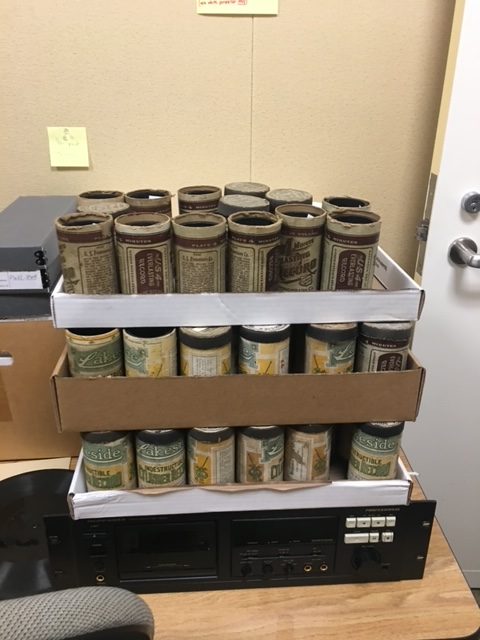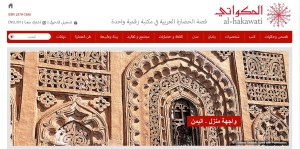By Heather Hughes

Music is a shared love amongst those of us on the Hazine team, and we are excited to present this series on music sources and archives, and the interplay between historical recordings and performance. Inspired by projects and labels such Ian Nagoski’s Canary Records, Arshia Haq’s Discostan, Jonathan Ward’s Excavated Shellac, Chris Silver’s Gharamophone, and and Hatim Arbaab Eujayl’s The Sounds of Sudan, and having worked at an institution with an amazing audio collection such as UCSB, has made me want to spotlight some of these amazing resources as well all as profile collections outside our area of knowledge, particularly outside the United States and Europe.
We are also cognizant of the fact that much audio archiving and preservation is happening with limited or no institutional support. We hope that this series would bring visibility to collections and archival work in the Middle East, Mediterranean region, and South Asia; encourage greater use of music and sound sources in research and teaching; examine archival work in different contexts; and also look at the unique relationship between performers and historical records.
We’ll kick off the series with a helpful overview on the various institutions collecting music and materials on music from Palestine to California. Over the next few months we’ll release pieces exploring wax cylinders as a format and their impact on Nahda-era music, ways of finding the voices of South Asian women in archives and sources, and a critical look at musical compilations and labels that distribute music from the Global South.
We would love to expand this series! Get in touch and let us know if you want to contribute something on music and sound: hazineblog {@} gmail.com.

